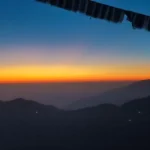Table of Contents
The Culture of Dehradun reflects a unique blend of traditional Garhwali customs, colonial influence, and modern cosmopolitan flair. Nestled in the foothills of the Himalayas, Dehradun is not only known for its scenic beauty but also for its vibrant and diverse cultural heritage. This city, which serves as the capital of Uttarakhand, embodies the warmth of hill people, the pride of Gorkhas, and the intellect nurtured in premier institutions like Doon School and FRI.
Dehradun has evolved significantly over the years, embracing modernity while preserving its rich traditions, religious harmony, and age-old customs. In this detailed guide, we uncover the soul of Dehradun’s cultural life—its people, festivals, art, cuisine, and language.
1. Historical Roots of the Culture of Dehradun
Dehradun is deeply intertwined with the city’s historical journey. Ancient scriptures mention Dehradun as a part of the Kedarkhand region. Later, the Gurkhas ruled it, followed by the British, leaving behind a legacy of schools, churches, and colonial architecture that influence its present-day culture.
This blend of history is visible in local traditions, clothing, and the way people celebrate life—modest yet full of meaning.
2. The People and Their Way of Life
Dehradun is shaped by its diverse population, which includes Garhwalis, Kumaonis, Punjabis, Tibetans, Bengalis, and a sizable Anglo-Indian community. Their peaceful coexistence adds a multi-ethnic charm to the city.

- Garhwalis and Kumaonis bring with them a strong traditional and spiritual influence.
- Tibetans add flavor with their monasteries, markets, and festivals.
- The Anglo-Indian community contributes to the city’s Western musical heritage and cuisine.
3. Traditional Attire and Lifestyle
The traditional attire is an integral part of the Culture of Dehradun. While modern fashion is prevalent, traditional dresses are worn during cultural events and festivals:
- Women often wear Ghagra-Choli or Sari with a Pichora (a traditional veil).
- Men wear Kurta-Pajama or Dhoti, often paired with a Topi or turban.
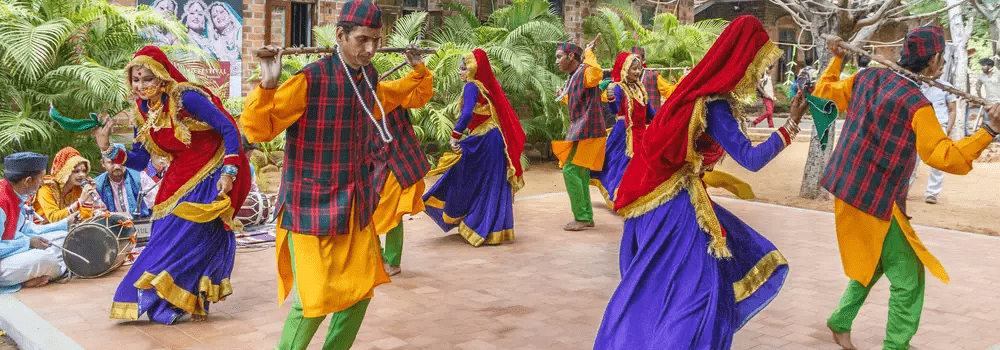
The local lifestyle balances modern urban living with hill town charm. Evenings are peaceful, with tea and conversations being a daily ritual.
4. Festivals that Reflect the Culture of Dehradun
Festivals are the soul of the Dehradun. Each community celebrates its own festivals with zeal, often involving the entire city.
- Basant Panchami marks the start of spring, celebrated with kite flying.
- Makar Sankranti includes special sweets like Til Ke Laddoo.
- Diwali and Holi are celebrated with traditional music, food, and gatherings.
- Buddha Jayanti and Losar celebrated by the Tibetan community reflect cultural diversity.
- Jhanda Fair held at Guru Ram Rai Darbar Sahib is a massive gathering symbolizing spiritual unity.

5. Art and Handicrafts
The Culture of Dehradun also finds expression through its art. Local artisans produce woodwork, woolen textiles, and handmade candles.
- Aipan and Rangoli art are seen during festivals and weddings.
- Tibetan Thangka paintings are sold in markets near Clement Town.
- Handmade woolens are common in winter bazaars, reflecting the high-altitude cultural essence.
6. Language and Literature
While Hindi is the widely spoken language, Garhwali and Kumaoni dialects represent the essence of the Culture of Dehradun. English is also commonly used, especially among the younger generation and in educational institutions.
Dehradun has a rich literary scene, being home to authors, poets, and journalists. The presence of bookstores like The English Book Depot is testament to this culture.
7. Cuisine: A Taste of the Culture of Dehradun
The food is a significant reflection:
- Kafuli (a spinach-based dish)
- Aloo Ke Gutke
- Gahat (Kulthi) Dal
- Chainsoo
- Jhangora Kheer (barnyard millet dessert)
Local bakeries offer freshly baked cakes and patties, and Tibetan food stalls serve momos, thukpa, and more.
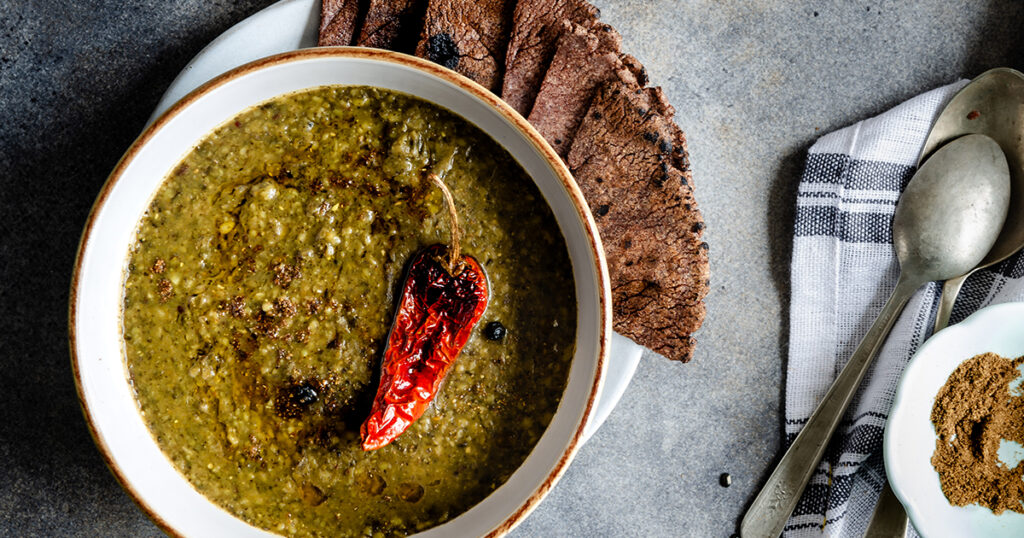
8. Music, Dance, and Theatre
Music and dance are inseparable from the Culture of Dehradun:
- Folk dances like Chhopati, Jhora, and Barada Nati are performed during festivals.
- Classical music events often occur at cultural festivals and schools.
- Local theatre groups perform dramas based on mythology and social themes, often in Garhwali.
Modern Dehradun also supports indie music, fusion bands, and open mic culture.
9. Educational and Cultural Institutions
Dehradun is not just a scenic destination but also a knowledge hub, enriching the Culture of Dehradun through its institutions:
- Doon School, Welham Girls, and Woodstock School promote arts and culture.
- Forest Research Institute (FRI) hosts national and international cultural exchange programs.
- Kala Kendra and ONGC Auditorium are key venues for theatre and exhibitions.
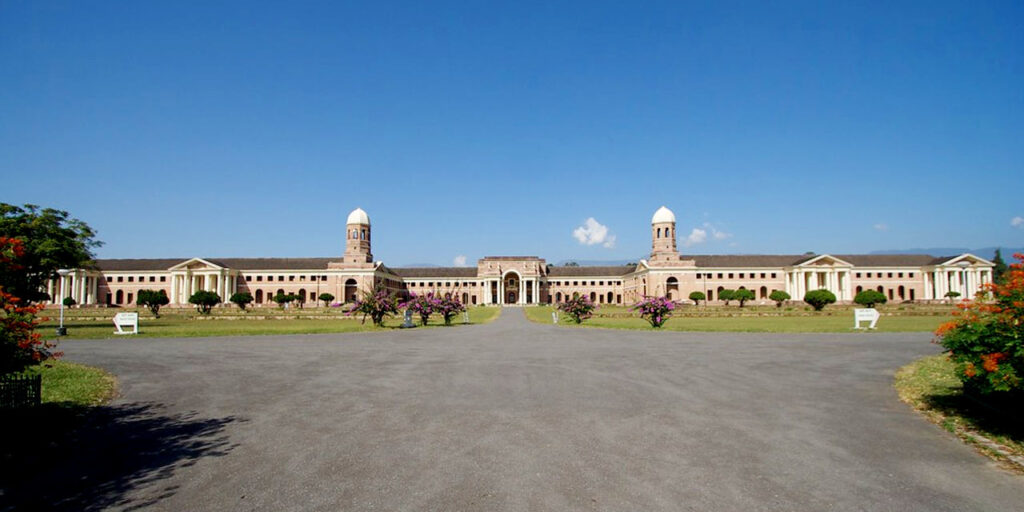
10. Changing Trends and Urban Influence
While tradition remains strong, the Culture of Dehradun is also influenced by modernization:
- Malls, multiplexes, and café culture have taken root.
- Cultural fests like the Dehradun Literature Festival and Mussoorie Writers’ Fest attract global audiences.
- Young artists and creators now use digital media to promote Garhwali music and art.
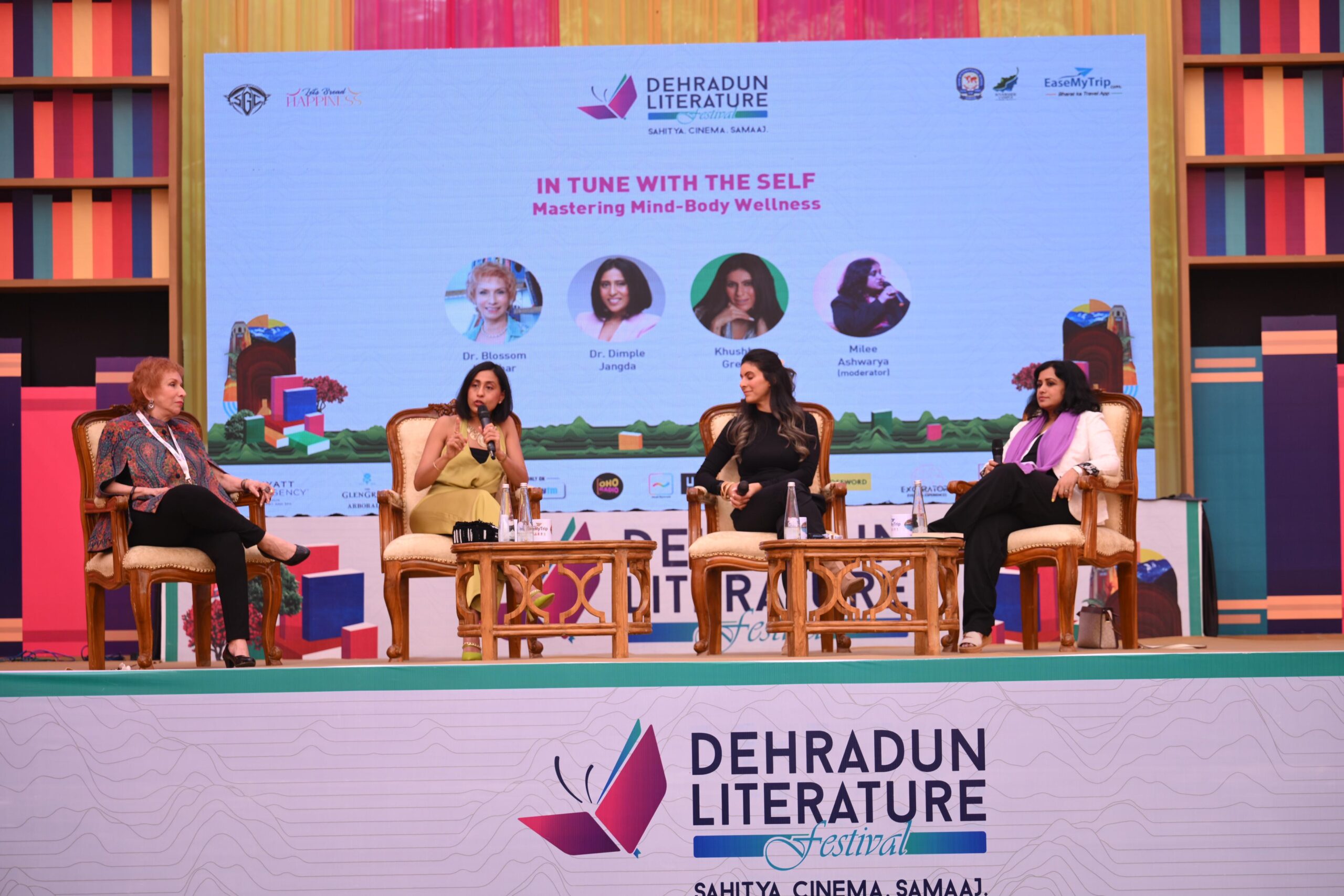
Despite these changes, the heart of Dehradun’s culture beats with its old-world charm and spiritual grounding.
Conclusion
Dehradun is a beautiful tapestry woven with threads of spirituality, tradition, modernity, and harmony. It is this blend that makes Dehradun not just a place to visit, but a place to feel, live, and remember.
Whether you’re a traveler, a researcher, or someone wanting to reconnect with roots, Dehradun offers something unforgettable at every turn.
Top 10 FAQs about the Culture of Dehradun
1. What defines the Culture of Dehradun?
The Culture of Dehradun is defined by its Garhwali traditions, diverse communities, religious tolerance, and a blend of colonial and modern influences.
2. Which festivals are most important to the Culture of Dehradun?
Festivals like Diwali, Holi, Basant Panchami, and the Jhanda Fair are integral to the Culture of Dehradun.
3. Is Garhwali the main language of Dehradun?
Garhwali is widely spoken in rural areas, but Hindi is the primary urban language. English and Kumaoni are also part of the linguistic culture of Dehradun.
4. What food represents the Culture of Dehradun?
Local dishes like Kafuli, Aloo Ke Gutke, Gahat Dal, and Jhangora Kheer are staples that define the Culture of Dehradun.
5. How does the Culture of Dehradun differ from other Uttarakhand cities?
Dehradun is more urban and cosmopolitan due to educational institutions and diverse demographics, adding modern elements to its cultural roots.
6. What role do Tibetans play in the Culture of Dehradun?
The Tibetan community adds spiritual depth, Buddhist art, and cultural diversity to the Culture of Dehradun, especially in Clement Town.
7. Are there museums that showcase the Culture of Dehradun?
Yes, the Forest Research Institute Museum and Zonal Anthropological Museum offer insights into local and tribal cultures of Dehradun.
8. How do educational institutions impact the Culture of Dehradun?
Prestigious schools and colleges nurture liberal arts, music, and theatre, strengthening the intellectual and creative side of the Culture of Dehradun.
9. What is the traditional dress in Dehradun?
Men wear Kurta-Dhoti and women wear Sarees or Ghagras with Pichora, especially during festivals and ceremonies.
10. How has modernity influenced the Culture of Dehradun?
While retaining its core values, the Culture of Dehradun now includes café culture, digital art, and urban trends, creating a perfect fusion of old and new.

